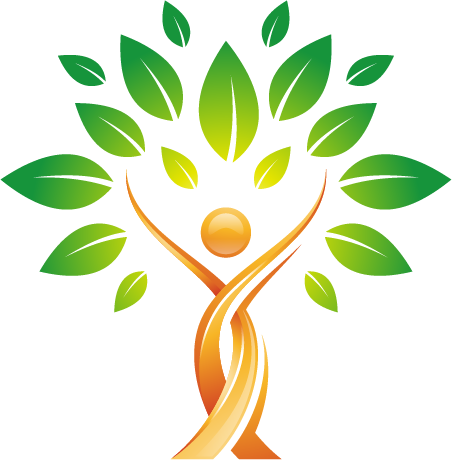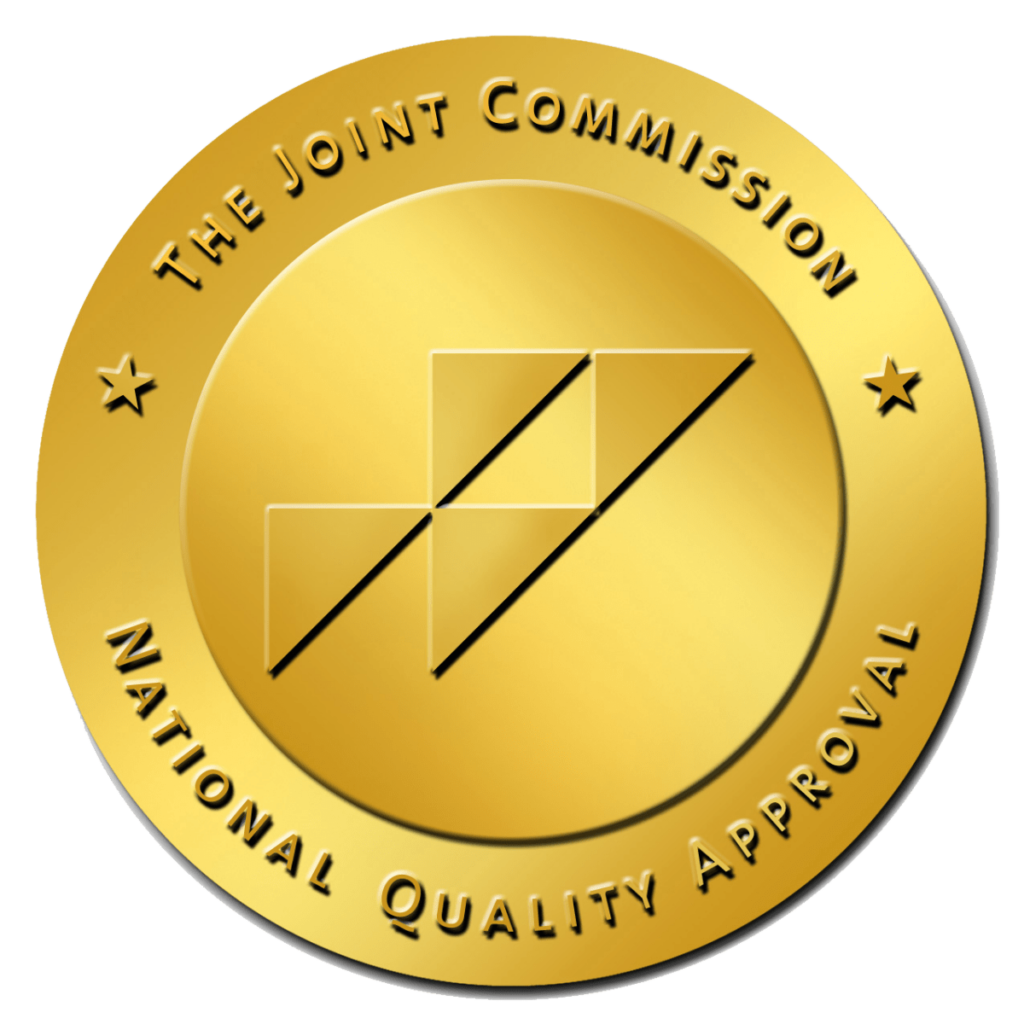Bipolar disorder and depression are both mental health conditions that can have a significant impact on the lives of those affected. While they share some similarities, it is important to understand the differences between these two disorders. This article aims to provide a comprehensive overview of bipolar disorder and depression, as well as highlight the key distinctions that set them apart.
Understanding Bipolar Disorder
Bipolar disorder, also known as manic depressive illness, is a complex mental health condition that affects millions of people worldwide. It is characterized by extreme shifts in mood, energy levels, and behavior, which can have a profound impact on a person’s daily life.
Living with bipolar disorder means navigating through a rollercoaster of emotions. These shifts are referred to as episodes and can range from manic to depressive. Each episode brings its own set of challenges and can significantly impact a person’s relationships, work, and overall well-being.
Defining Bipolar Disorder
Bipolar disorder is a chronic mental health condition that affects approximately 2.8% of the U.S. population. However, it is important to note that this statistic only represents diagnosed cases, and many individuals may be living with undiagnosed bipolar disorder.
Manic episodes, one of the defining features of bipolar disorder, are characterized by elevated mood, increased energy, racing thoughts, and impulsive behavior. During these episodes, individuals may feel an intense sense of euphoria and may engage in activities that they would not typically consider. However, these periods of heightened energy and impulsivity can also lead to risky behaviors and poor decision-making.
On the other hand, depressive episodes involve persistent feelings of sadness, hopelessness, and a loss of interest in activities once enjoyed. These episodes can be debilitating, making it difficult for individuals to carry out daily tasks and maintain social connections. The weight of depression can feel overwhelming, leaving individuals feeling trapped and disconnected from the world around them.
Symptoms of Bipolar Disorder
The symptoms of bipolar disorder can vary widely, depending on the type and severity of the episode. It is important to note that not everyone with bipolar disorder will experience the same symptoms, and the intensity of these symptoms can also vary from person to person.
During manic episodes, individuals may experience a sense of euphoria, increased self-esteem, and a heightened sense of confidence. They may also have an increased need for sleep, engage in excessive talking, and exhibit impulsive behaviors such as excessive spending or risky sexual encounters. These symptoms can be disruptive and may lead to strained relationships and financial difficulties.
Conversely, symptoms of depression may include persistent sadness, fatigue, difficulty concentrating, changes in appetite, and thoughts of death or suicide. The weight of depression can feel unbearable, and individuals may struggle to find joy in activities they once loved. It is crucial to recognize these symptoms and seek appropriate support and treatment.
Types of Bipolar Disorder
There are several types of bipolar disorder, each with its own unique characteristics and patterns of mood episodes. Understanding the different types can help individuals and their loved ones better navigate the complexities of the condition.
Bipolar I is characterized by at least one manic episode, which may or may not be followed by a depressive episode. These manic episodes can be severe and may require hospitalization to ensure the safety and well-being of the individual. Bipolar II, on the other hand, involves both depressive and hypomanic episodes. Hypomanic episodes are similar to manic episodes but are less severe and do not typically require hospitalization.
Cyclothymic disorder is a milder form of bipolar disorder that involves frequent mood swings without reaching the severity of a full manic or depressive episode. Individuals with cyclothymic disorder may experience periods of elevated mood and energy, followed by periods of mild depression. While the symptoms may be less severe, they can still have a significant impact on daily functioning and overall quality of life.
It is important to remember that bipolar disorder is a complex and highly individualized condition. Each person’s experience with the disorder is unique, and treatment approaches may vary accordingly. Seeking professional help and support is crucial in managing bipolar disorder and improving overall well-being.
Understanding Depression
Depression, also referred to as major depressive disorder, is a mood disorder that affects how a person feels, thinks, and handles daily activities. It is characterized by persistent feelings of sadness, hopelessness, and a lack of interest or pleasure in activities.
Defining Depression
Depression is a common mental health condition that affects millions worldwide. It is more than just feeling sad or going through a rough patch. It is a persistent and pervasive disorder that can interfere with daily functioning and overall quality of life.
When someone is experiencing depression, their brain chemistry is altered, affecting their thoughts, emotions, and behavior. It is not a sign of weakness or a character flaw, but rather a complex interaction of genetic, biological, environmental, and psychological factors.
Depression can manifest in various ways, with symptoms ranging from mild to severe. It can affect people of all ages, genders, and backgrounds, although certain risk factors, such as a family history of depression, personal trauma, or chronic medical conditions, may increase the likelihood of developing the disorder.
Symptoms of Depression
The symptoms of depression can vary from person to person but commonly include feelings of sadness or emptiness, loss of interest or pleasure, fatigue, changes in appetite or weight, sleep disturbances, difficulty concentrating, and recurrent thoughts of death or suicide.
Depression can also have physical manifestations, such as headaches, digestive problems, and unexplained aches and pains. It can impact cognitive function, leading to difficulties with memory, decision-making, and problem-solving. Additionally, depression can affect social interactions, causing individuals to withdraw from relationships and isolate themselves from loved ones.
It is important to note that experiencing some of these symptoms does not necessarily mean a person has depression. A diagnosis requires the presence of multiple symptoms that persist for at least two weeks and significantly impair daily functioning.
Types of Depression
There are several types of depression, each with its own unique characteristics and triggers. Understanding the different types can help individuals and healthcare professionals tailor treatment approaches to meet specific needs.
Major Depressive Disorder (MDD): This is the most common form of depression and is characterized by persistent feelings of sadness, loss of interest, and a significant impact on daily life. MDD can occur at any age and may be triggered by various factors, including genetics, trauma, or major life changes.
Persistent Depressive Disorder (PDD): PDD, also known as dysthymia, is a chronic form of depression that lasts for two years or longer. While the symptoms may not be as severe as MDD, they are persistent and can interfere with daily functioning.
Postpartum Depression: This type of depression occurs in women after giving birth. It is characterized by feelings of extreme sadness, anxiety, and exhaustion, which can make it challenging for new mothers to care for themselves and their babies. Hormonal changes, sleep deprivation, and the emotional adjustment to motherhood can contribute to postpartum depression.
Seasonal Affective Disorder (SAD): SAD is a type of depression that follows a seasonal pattern, typically occurring during the winter months when there is less sunlight. The reduced exposure to natural light can disrupt the body’s internal clock and affect serotonin levels, leading to depressive symptoms.
While these are some of the most common types of depression, it is important to remember that each individual’s experience with depression is unique. Seeking professional help is crucial for an accurate diagnosis and appropriate treatment plan.
Key Differences Between Bipolar Disorder and Depression
While bipolar disorder and depression share some overlapping symptoms and diagnostic criteria, there are key differences that distinguish these two conditions.
Understanding the differences between bipolar disorder and depression is crucial for accurate diagnosis and effective treatment. Let’s delve deeper into these differences to gain a comprehensive understanding of each condition.
Differences in Symptoms
One of the primary differences between bipolar disorder and depression is the presence of manic or hypomanic episodes in bipolar disorder. These episodes involve an elevated mood, increased energy, and impulsive behavior, setting them apart from the persistent sadness and lack of energy typically associated with depression.
During manic episodes, individuals with bipolar disorder may experience a heightened sense of self-importance, engage in risky behaviors, and have racing thoughts. Hypomanic episodes, on the other hand, are less severe but still involve increased energy and impulsivity.
Depression, on the other hand, is characterized by persistent feelings of sadness, hopelessness, and a loss of interest in activities. Individuals with depression may experience changes in appetite, sleep disturbances, and difficulty concentrating.
It is important to note that while bipolar disorder includes depressive episodes, not all individuals with depression will experience manic or hypomanic episodes.
Differences in Diagnosis
Diagnosing bipolar disorder involves identifying the presence of both manic and depressive episodes, which can be challenging as the episodes may not occur simultaneously or with equal frequency. In contrast, diagnosing depression typically focuses on the presence of persistent depressive symptoms without manic or hypomanic episodes.
Healthcare professionals rely on detailed assessments, including interviews, questionnaires, and observation of symptoms, to differentiate between bipolar disorder and depression. They consider the duration, severity, and frequency of symptoms to make an accurate diagnosis.
It is crucial for individuals to provide a comprehensive medical history and share any relevant information about their mood changes and experiences to aid in the diagnostic process.
Differences in Treatment
The treatment approaches for bipolar disorder and depression can differ based on the unique symptomatology of each condition. Bipolar disorder often requires mood stabilizers and other medications that specifically target manic or depressive episodes. Treatment for depression, on the other hand, may involve antidepressant medications, psychotherapy, or a combination of both.
In addition to medication, psychoeducation and therapy play a vital role in managing both bipolar disorder and depression. Psychotherapy can help individuals develop coping strategies, improve their understanding of their condition, and address any underlying emotional or psychological factors.
Support from family, friends, and support groups can also be beneficial in managing the challenges associated with bipolar disorder and depression. It is important for individuals to work closely with their healthcare providers to develop a personalized treatment plan that addresses their specific needs.
By recognizing the differences between bipolar disorder and depression, healthcare professionals can provide appropriate interventions and support to individuals, enabling them to lead fulfilling lives despite the challenges posed by these conditions.
The Overlap Between Bipolar and Depression
Although bipolar disorder and depression are distinct in their symptomatology, there is a notable overlap between the two. It is not uncommon for individuals with bipolar disorder to experience depressive episodes without any accompanying manic or hypomanic symptoms. Similarly, some individuals diagnosed with depression may exhibit features of bipolar disorder, such as mood swings or increased energy levels.
Understanding the overlap between bipolar disorder and depression requires a closer look at the shared symptoms and the potential for misdiagnosis or co-occurring disorders.
Shared Symptoms
There are certain symptoms that are common to both bipolar disorder and depression. These include changes in appetite, sleep disturbances, difficulty concentrating, and thoughts of death or suicide. However, in bipolar disorder, these shared symptoms occur during specific episodes and are accompanied by distinct manic or hypomanic features.
During depressive episodes, individuals with bipolar disorder may experience a profound sadness, loss of interest in activities, and a decrease in energy levels. These symptoms mirror those seen in major depressive disorder, leading to potential misdiagnosis if the manic or hypomanic symptoms are not present or recognized.
On the other hand, individuals diagnosed with depression may occasionally exhibit features of bipolar disorder. They may experience periods of increased energy, racing thoughts, and impulsivity, which can be mistaken for a temporary improvement in mood. However, these symptoms are transient and do not meet the criteria for a full manic or hypomanic episode.
Misdiagnosis and Overlapping Disorders
Given the similarities between bipolar disorder and depression, misdiagnosis can sometimes occur. It is essential for healthcare professionals to conduct a thorough evaluation and consider the presence of both manic and depressive episodes to accurately diagnose and differentiate between the two conditions.
Furthermore, other mental health disorders may co-occur with bipolar disorder or depression, further complicating the diagnostic process. Anxiety disorders, such as generalized anxiety disorder or panic disorder, are frequently seen alongside both bipolar disorder and depression. Substance abuse disorders can also occur concurrently, as individuals may turn to drugs or alcohol as a way to cope with their mood fluctuations.
It is crucial for healthcare providers to take a comprehensive approach when assessing individuals with symptoms of bipolar disorder or depression. This includes considering the possibility of co-occurring disorders and conducting a thorough evaluation of the individual’s medical history, family history, and current symptoms.
By recognizing the complexities of these conditions and the potential for misdiagnosis or co-occurring disorders, healthcare professionals can provide individuals with the appropriate support and interventions to manage their mental health and lead fulfilling lives.




